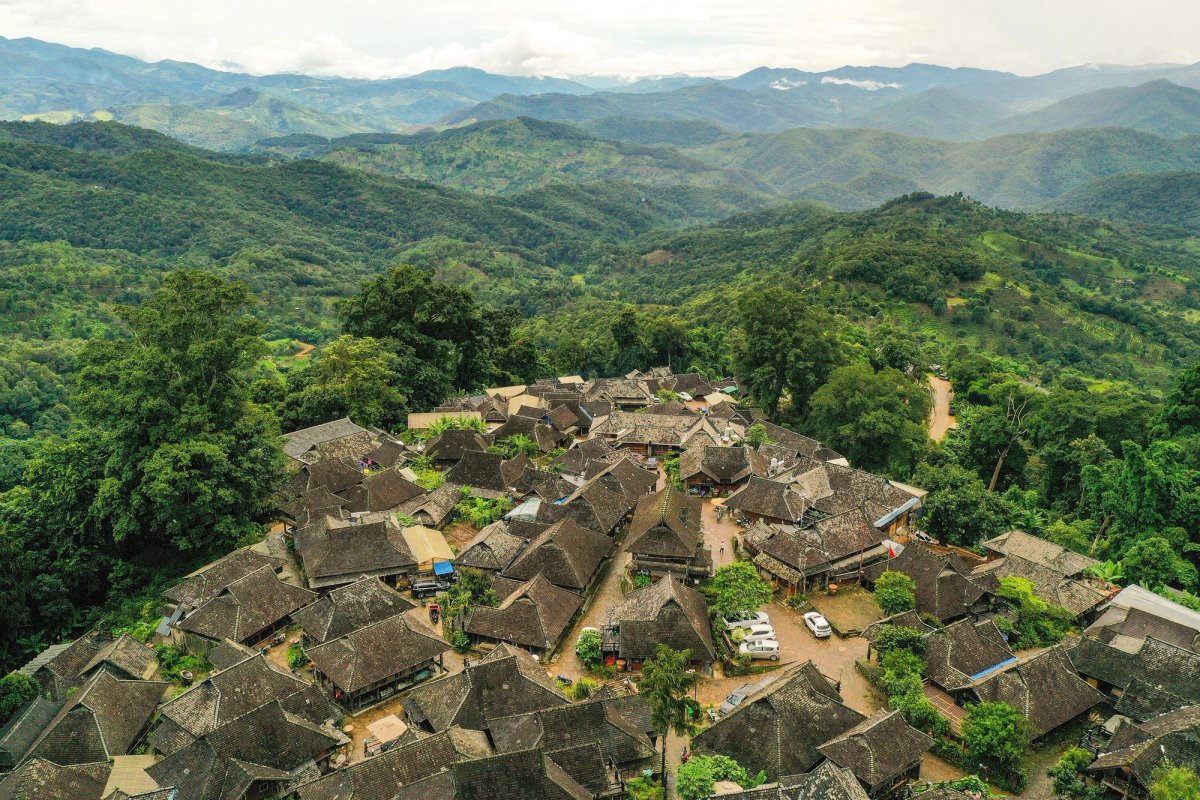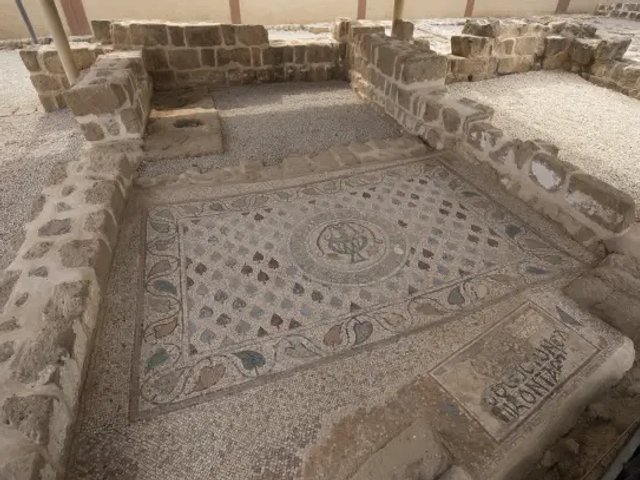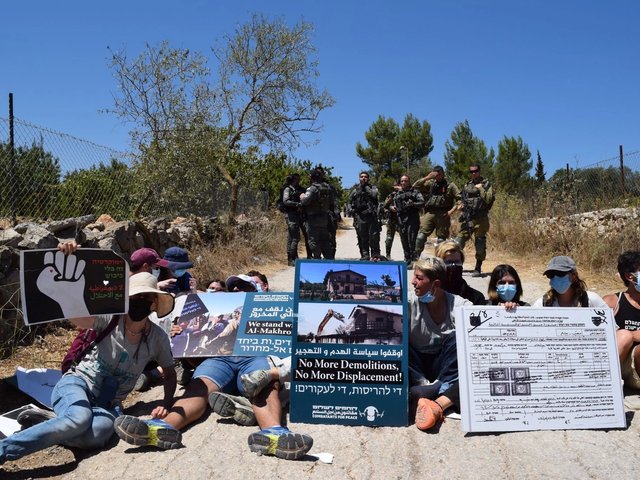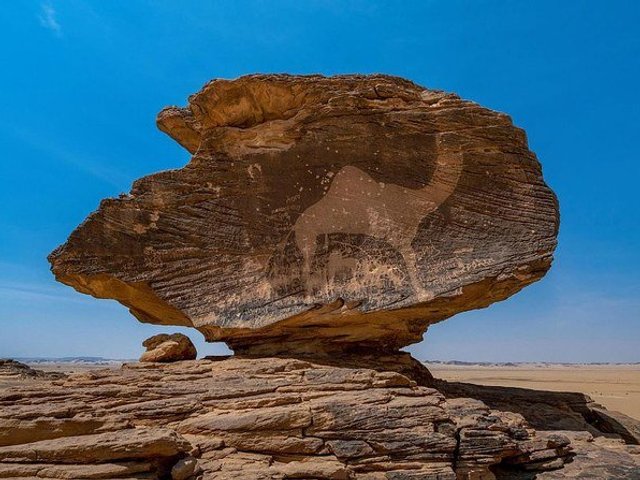Unesco's World Heritage Committee has added more than a dozen ancient or unique sites to its World Heritage list. The new additions to the list—which offers legal protection for sites deemed to be of “outstanding universal value”—are in countries including Iran, China, Ethiopia, Azerbaijan and the Palestinian territory of the West Bank.
The committee, which is made up of representatives from 21 member states, is meeting in Riyadh, Saudi Arabia, for its 45th session. On Sunday 17 September, representatives agreed to include 13 new sites on its list; they also voted to extend the status of two others.
The Tell es-Sultan archaeological site, situated near the Palestinian city of Jericho, in the Israeli-occupied West Bank, was the most politicised of the sites included on the list. The site contains evidence of prehistoric communities dating back to the ninth millennium BC.
Israel, in long-standing conflict with Palestine, left Unesco in 2019 but sent a delegate to Riyadh for the meeting. The country's foreign ministry released a statement on Sunday, quoted in the Jerusalem Post, describing the inclusion of Tell es-Sultan as “another sign of the Palestinians' cynical use of Unesco and the politicisation of the organisation.”
Tell es-Sultan joins three other Unesco-protected sites in the region; the Church of the Nativity and the pilgrimage route in Bethlehem, the cultural landscape of southern Jerusalem and Battir, and the Old City in Hebron. Unesco accepted Palestine as a member state in 2011.
Also on the list is the cultural landscape of the Old Tea Forests of Jingmai Mountain near Pu’er city in China's Yunnan Province, close to China’s border with Myanmar. It is the first Unesco site to be protected that relates to tea culture; local indigenous groups are thought to have harvested wild tea trees in the area since as long ago as the Han Dynasty (206BC-AD220).
The committee also included 54 historical Iranian caravanserais, a form of historical hotel, or roadside places of shelter for travelling pilgrims or tradespeople. They line the network of trade routes linking Asia with Africa and Europe, most notably the Silk Road. The newly protected caravanserais are located in 24 provinces across the country, which lies across the Persian Gulf from Saudi Arabia.
Within Europe, a group of medieval Jewish sites in the eastern German city of Erfurt were listed. This includes Erfurt’s Old Synagogue, a 13th-century stone building that illustrates Jewish family life in the medieval era.
Last week, the committee also placed several Ukrainian sites on its list. The Saint Sophia Cathedral and the Kyiv-Pechersk Lavra monastery complex in Kyiv, as well as the entire historic centre of the city of Lviv, are all now recognised as being at risk. The decision to include these locations was made “due to the threat of destruction the Russian offensive poses,” according to a statement from Unesco.
Unesco began the World Heritage List in 1978 and has since listed more than 1,000 sites for protection. Among the notable sites are the Acropolis in Athens, Greece and the Great Wall of China.
The outcome of the 45th session of the committee has also been notable, however, for the places not approved for protection. On Friday, members voted against the notion that Venice be added to the heritage list. This was despite the recommendation of the World Heritage Centre (WHC), the convention’s permanent secretariat, which argued the city was at risk due to factors including mass tourism and climate change.





